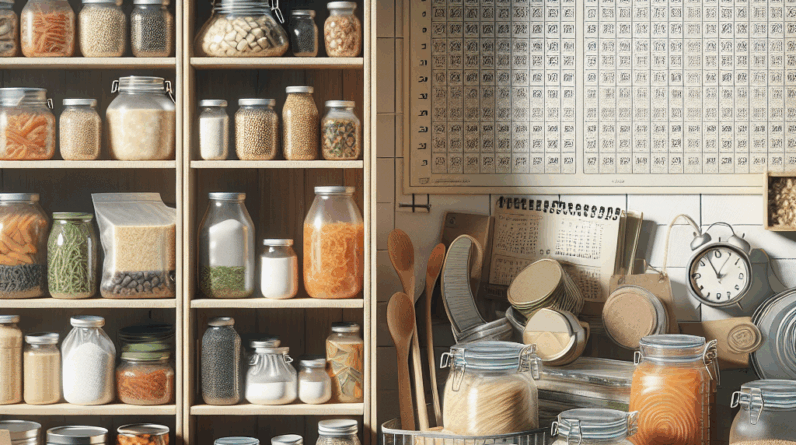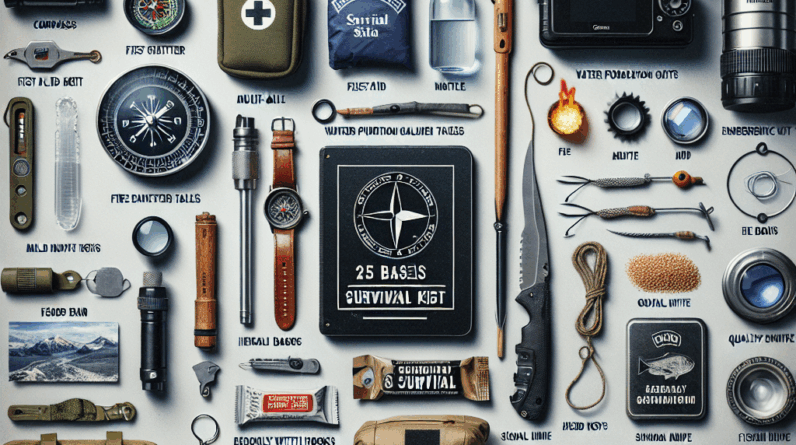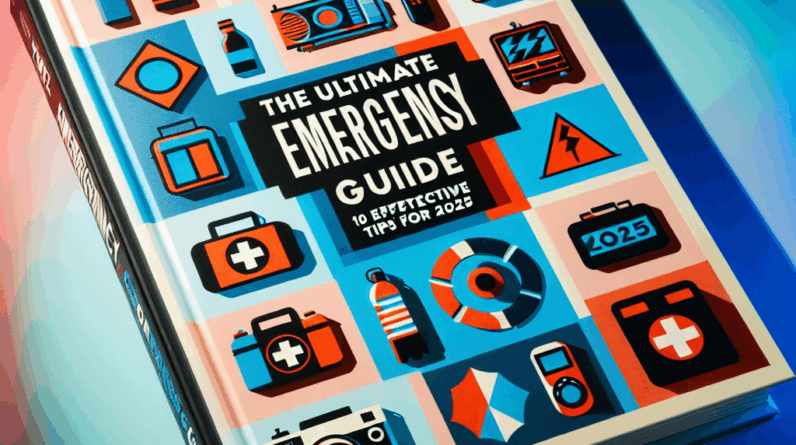In 2025, effectively preparing for disasters is more crucial than ever. This guide provides a detailed look into ten essential strategies to enhance your readiness for any emergency. Implementing these steps will ensure you and your community are better equipped to handle unexpected situations.
Assess Your Risks and Vulnerabilities
Effective disaster preparedness begins with a clear understanding of local risks. It’s important to identify if your location is prone to floods, earthquakes, or wildfires. Climate change has increased these risks, making it essential to review local hazard maps available through municipal offices. Tailoring your plans based on specific risks, such as securing furniture in earthquake zones or preparing evacuation routes in flood-prone areas, is vital. Discussions with family or team members about potential vulnerabilities can help fortify your preparedness efforts. Additionally, consider the needs of vulnerable populations like the elderly or those with chronic illnesses to ensure inclusive planning.
Create a Detailed Emergency Plan
After assessing risks, devise a comprehensive emergency plan outlining evacuation procedures, sheltering strategies, and communication methods. Ensure everyone knows their responsibilities, and maintain physical and digital copies of the plan for accessibility. Regularly practice the plan to familiarize everyone with their roles, and designate clear meeting points for reassembly after an evacuation to ensure everyone can find each other even if communication systems fail.
Build a Comprehensive Emergency Supply Kit
An adequate emergency kit is a cornerstone of preparedness. It should include essentials like water, non-perishable food, first aid supplies, and medications, as well as tools for long-term resilience like multipurpose tools and extra clothing. Regular updates and checks of the kit ensure everything is functional and ready for use. Smart storage solutions can help manage these supplies effectively.
Establish Communication Strategies
Incorporate multiple communication methods into your disaster plans, including two-way radios and community alert systems, to compensate for potential mobile network failures. Maintain a comprehensive list of emergency contacts and ensure everyone knows how to use the different communication methods available.
Secure Your Home or Business
Strengthen your property to withstand various disasters by installing safety enhancements like storm shutters or earthquake retrofits. Equip your premises with smart safety devices like smoke detectors and flood sensors, and keep them well-maintained to ensure they function when needed.
Educate and Train Your Family or Team
Regular drills and educational opportunities are essential. Use modern tools like virtual simulations to make training engaging and effective. Ensure everyone understands basic emergency procedures, and keep training updated with the latest best practices.
Stay Informed with Reliable Alerts
Subscribe to reliable alert systems and monitor updates to stay informed about potential hazards. Utilize technology to receive timely notifications and teach your family or team to distinguish between reliable and unreliable information sources online.
Practice Regular Drills and Simulations
Regular drills reinforce preparedness and help identify areas for improvement in your plans. Different scenarios, such as fires or floods, should be practiced to prepare for various emergencies, with feedback used to refine future drills and plans.
Review and Update Your Disaster Plan Annually
Annually reviewing your disaster plans is crucial to adapt to new hazards or personal changes. Use digital tools to manage document updates efficiently and ensure your strategies remain effective and relevant.
Leverage Community Resources and Support
Build robust networks with local organizations and neighbors to enhance community resilience. Familiarize yourself with local emergency facilities and share resources to improve collective preparedness.
# Frequently Asked Questions
1. What are the most important disaster planning tips for 2025?
Key tips include assessing risks, creating detailed plans, building supplies, establishing communication strategies, and practicing drills regularly.
2. How often should I review my disaster plan?
Annually, or after significant changes in your life or environment.
3. What should be included in an emergency supply kit?
Include essentials like water, food, medical supplies, and important documents.
4. How can community support enhance disaster preparedness?
Shared resources and information strengthen community resilience.
5. Why is regular disaster practice important?
It builds confidence and ensures your plans are effective in real scenarios.
In conclusion, these ten strategies are foundational in ensuring you are well-prepared for any disaster that 2025 might bring. Start implementing these practices today to secure the safety of your loved ones, team, or community.




